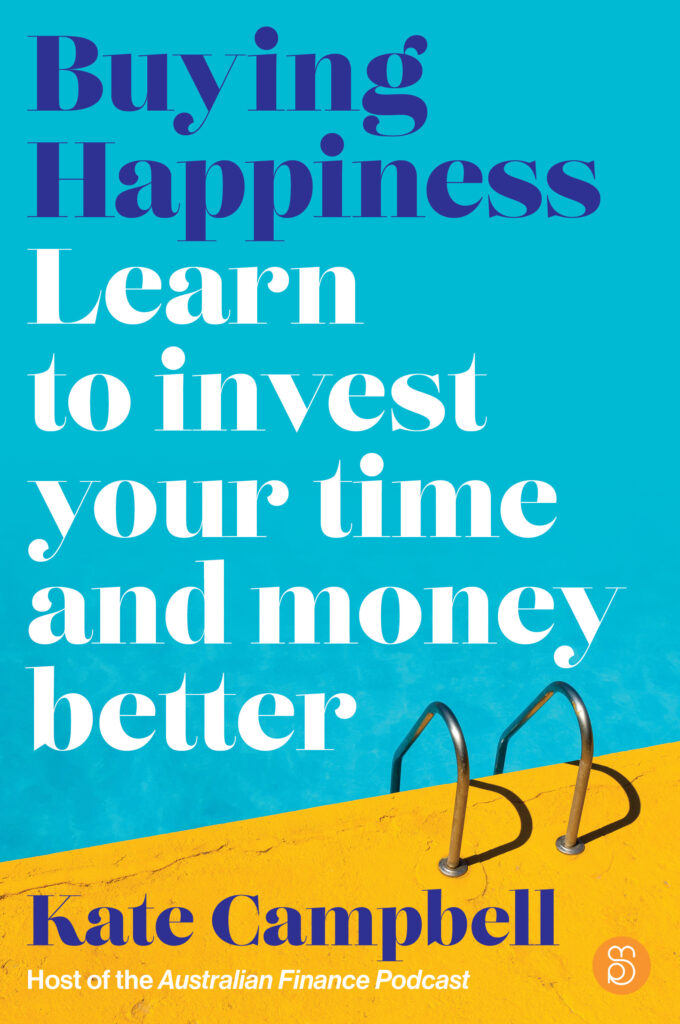
Understanding the Basics of Managed Funds
What is a Managed Fund?
A managed fund is a pooled group of investments, that is managed by professionals who decide on where to invest the money. A managed fund usually has a clear set of investment guidelines, which should be in the product disclosure statement or PDS for short.
Net Asset Value is defined by ASIC’s MoneySmart website as ‘the value of assets less liabilities, often expressed as a per unit or per share value.’
What could the managed fund be invested in?
Managed funds can invest in a seemingly endless array of investments, but some of the more common ones are invested in the ASX top 200 companies, ASX small cap companies outside the top 200, overseas share markets, industry themes (e.g. health, agri, cyber), commercial property, bonds or even just cash.
Another consideration is whether you wish to invest with an active or passive manger and the fees and returns that then gives you. An active fund is where the fund manager works to outperform the market or index you have invested alongside, e.g. the ASX top 200.
A passive fund is usually cheaper to run as the manager follows an index, e.g. the top ASX 200, rather than trying to outperform it. That means your returns in a passive fund should be in-line with the performance of the index.
Why are the differences between listed and unlisted managed funds?
If the fund is listed on the ASX, it means that you can buy shares in the fund that represent part ownership of the pool of investments. If the pool of investments goes up in value, then theoretically so does your share price. Sometimes the share price can run in front of the net asset price due to the general strength of the rising stock market, in which case the fund may be referred to as trading at a premium.
The share fund price can also be undervalued compared to the assets of the fund, and some investors see this as a good time to purchase the shares. With a listed fund, its size is limited to the amount of the capital raised when the fund listed on the market. For the fund to grow and purchase more assets, it will have to issue more shares — which you may choose to buy or not.
In unlisted funds, the price of the units you wish to buy are set by the fund manager and are not traded on the ASX. However, they are the most common type of fund available to investors in Australia. Often unlisted funds have a minimum amount you must invest in for the initial investment, with the ability to purchase more units on an ongoing basis. The unit price is usually calculated weekly or monthly, and posted on the fund’s website.
There are a huge range of funds available across a large range of specialty areas and just balanced funds with a cross-section of everything. Details of each fund can be found on the fund’s manger’s website, which should include the fund’s historical performance and the details of its top holdings.
Benefits and Risks of Managed Funds
One of the more interesting issues of unlisted managed funds is your withdrawal or redemption rights. Before deciding on where you invest your money, check carefully on your withdrawal rights.
Is there a period where money cannot be withdrawn? This may be because the fund has invested in private companies or property, and has no cash available for withdrawals. Maybe due to certain circumstances, they have frozen any redemptions unless there is an investor hardship request for funds. Or maybe there is a limit on how much you can withdraw within a given time frame.Another point to take into consideration when exploring managed funds is the performance after fees. When looking at performance you can only use the past results, as you can’t guarantee the future performance of the fund.
Another point to take into consideration when exploring managed funds is the performance after fees. When looking at performance you can only use the past results, as you can’t guarantee the future performance of the fund. However if you can see the 5 to 10 year fund performance, it should give you a better indication of how the fund is managed over cycles in the markets, rather than just the last 12 months. The longer-term historical returns can also show that the fund is not dependent on just one or two investment managers working at the fund.
There are definitely other things to consider when investing in managed funds, but start by reading the PDS, and talking to some investment professionals. There are many comparison websites that can show you the top performing funds in Australia over a longer term and their fees, such as Canstar.
Susan — HTM Contributor & Podcast Co-Host
Resources
Managed Funds — via ASIC Moneysmart
The information on this blog and website is of a general and educational nature only. It does not take into account your individual financial situation, objectives or needs. You should consider your own financial position and requirements before making a decision, as we are not an advisory service. We recommend you consult a licensed financial adviser in order to assist you. The information is based on assumptions or market conditions which can change without notice, and this will impact the accuracy of the information provided. This website and blog occasionally provides links to third party sites, aimed at helping you gather the information required to make an informed decision — we may receive payment for these referrals.






